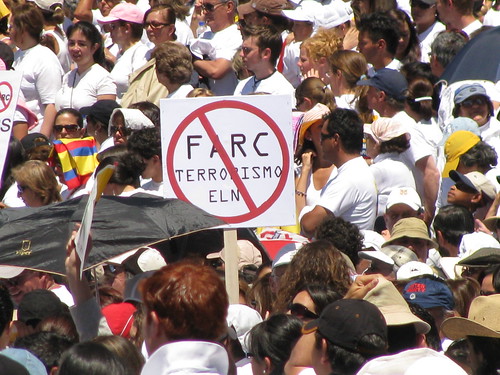
On Sunday, May 26th the Revolutionary Armed Forces of Colombia (FARC) and the Colombian government led by President Juan Manuel Santos reached an agreement on agrarian reform as part of an ongoing peace process. This agreement was reached after six months of negotiations between the Colombian government and the FARC, a leftist guerrilla organization of approximately 8,000 soldiers that has been waging a war against the Colombian state since 1964, the longest lasting conflict in Latin America. This peace process is the fourth time in 30 years that the Colombian government and the FARC have tried to negotiate an end to this conflict. The fact that these talks are being held at all is an accomplishment for supporters of a negotiated solution. The last peace process ended in failure in 2002, with both the government and the FARC ratcheting up their military capabilities during the process with both parties further from a resolution to the conflict than before the talks began. In fact, the Colombian public became so discouraged of a negotiated solution that they embraced the hard-line approach offered by Álvaro Uribe in the 2002 presidential elections who continued the expansion and modernization of the Colombian armed forces in pursuit of a military solution. The Colombian government’s military successes since 2002, unlike previous military campaigns, have successfully weakened the FARC and contributed to their willingness to negotiate with the current Santos administration. In addition, the ability of the FARC to survive eight years of an intensive and costly military offensive while retaining the capability to ambush police and military forces or disable segments of the country’s infrastructure has also contributed to the government’s interest in a negotiated solution. The FARC-Government’s recent accord on agrarian reform represents a positive step in the current process, one that illustrates a shared agenda on the changes needed to protect the livelihoods of small peasants in Colombia’s countryside. However, important obstacles face the implementation of these specific reforms, reforms which threaten the autonomy and impunity that landed elites have enjoyed for generations.
